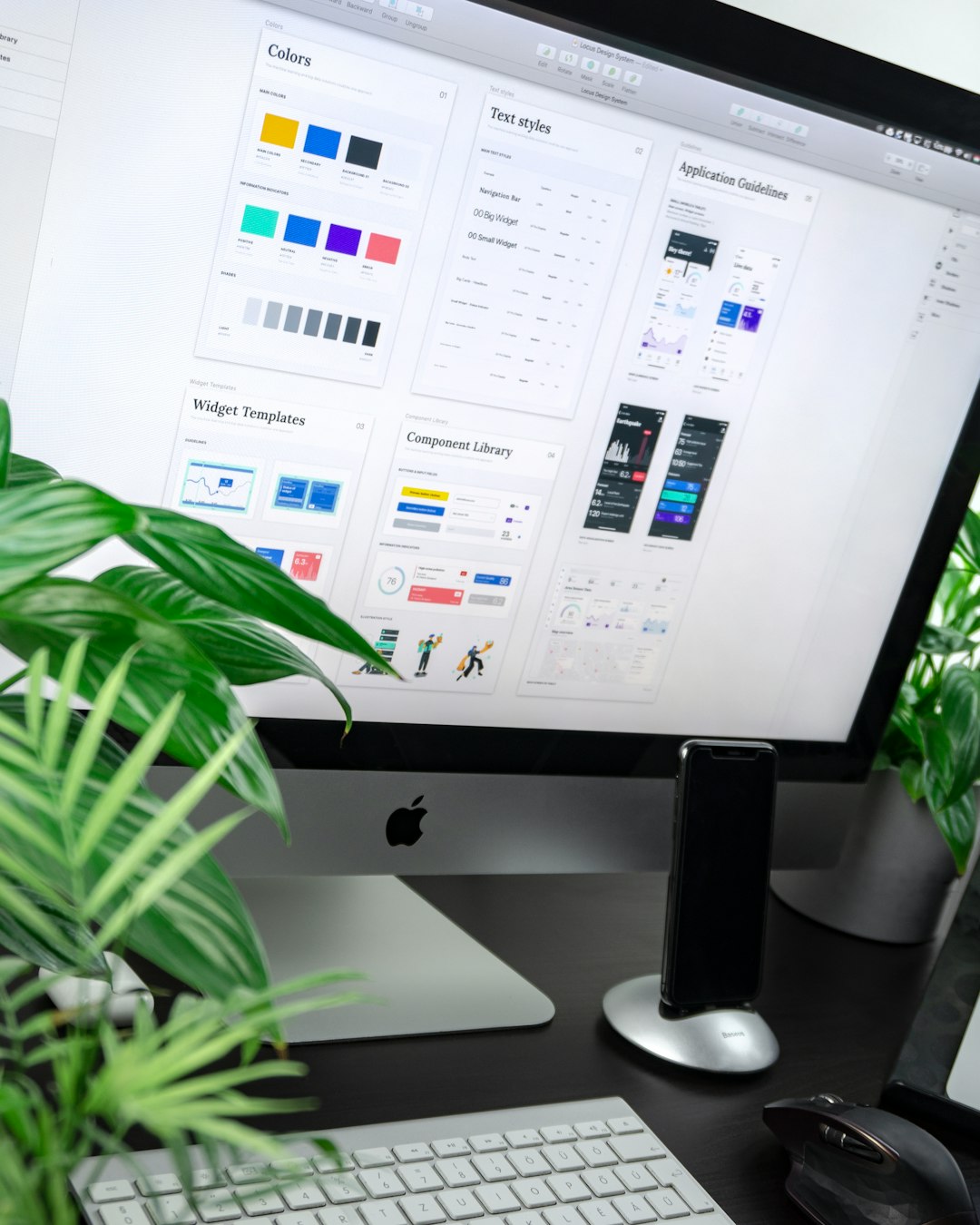In the rapidly evolving digital landscape of 2025, visual content remains king—especially on social media platforms where engaging and properly formatted video can be the difference between catching a viewer’s attention or being lost in the feed. Resizing videos to suit various social media platforms is both an art and a science, requiring an understanding of current platform specs, user behavior, and creative composition. Getting it right ensures better visibility, engagement, and professionalism.
Why Resizing Videos for Social Media Matters
The average user spends a significant portion of their online time on mobile devices, meaning that content creators must prioritize mobile-optimized video formats. Resizing videos isn’t just about trimming or stretching; it involves adapting aspect ratios, resolutions, and composition to suit platform-specific norms. Tailored videos demonstrate attention to detail and an understanding of platform dynamics, both essential for success in a crowded content ecosystem.
Common Video Aspect Ratios for 2025
Each social media platform has its preferred formats for optimal display. As of 2025, here are the most effective and widely used aspect ratios:
- 1:1 (Square) – Preferred on Instagram feed posts and Facebook.
- 4:5 (Portrait) – Optimal for scrolling platforms like Instagram and Facebook.
- 9:16 (Vertical/Story) – Best suited for TikTok, Instagram Reels, YouTube Shorts, and Stories.
- 16:9 (Landscape) – Ideal for YouTube and landscape content on Facebook.
Paying attention to these formats ensures that key visual elements and messages don’t get cropped and that videos display natively on viewers’ screens.

Tools and Software to Resize Videos
In 2025, there are dozens of intuitive tools to help users resize videos without a steep learning curve. Here are some of the best options:
- Adobe Premiere Pro – A professional-grade editor with powerful settings for custom resolutions and aspect ratios.
- Canva Video Editor – Ideal for beginners, this web-based tool offers drag-and-drop functionality and automated resizing templates for all social platforms.
- CapCut – Favored among creators for its mobile-friendly interface, AI-powered features, and presets for TikTok and Instagram.
- InShot – A powerful mobile app for basic editing, resizing, and adding text and music.
Choosing the right tool depends on your level of expertise, needs for automation, and desired output quality.
Best Practices for Resizing Videos in 2025
Optimization goes beyond format alone. To ensure that resized videos are effective and platform-ready, follow these best practices:
1. Always Start with High-Resolution Source Footage
Resizing often involves cropping and adjusting composition, and high-resolution source materials ensure that the final video maintains sharp and clear visuals across all versions.
2. Use Safe Zones
Each platform has UI overlays—buttons, captions, and timers—that may obstruct important visual elements. Use guides and safe zones provided in most editing software to make sure nothing critical gets hidden.
3. Adapt Composition per Format
A widescreen landscape video may look great on YouTube, but when resized to a vertical TikTok video, people may find the central focus lost or misaligned. Reframe subjects and text to remain centered and legible in each resized version.
4. Preview Before Publishing
Most editing tools provide mockups or previews for social formats—use them. What looks great on a desktop screen may not translate well on a smartphone.
5. Keep Text Readable
If your video uses titles, subtitles, or call-to-action text, adjust font size and positioning when switching to smaller screens, especially for vertical formats.

Platform-Specific Guidelines for 2025
Each platform has its nuances. Here’s an overview of what’s trending for the main social apps in 2025:
- Reels: 9:16, 1080 x 1920 pixels.
- Feed Posts: Square (1:1) or Portrait (4:5) recommended.
- Stories: Vertical 9:16 with text inside the safe zone.
- Feed Videos: 4:5 aspect ratio ranks higher in organic reach.
- Stories: 9:16 vertical format performs best.
TikTok
- Only supports 9:16 full-vertical format as of 2025.
- Videos should be under 60 seconds for higher engagement, though longer formats are allowed.
YouTube
- Standard Videos: 16:9, best at 1920 x 1080 HD or 4K.
- Shorts: Must be vertical (9:16), under 60 seconds.
- Feed Videos: 1:1 or 16:9 format is widely accepted.
- Short professional videos (under 2 minutes) perform best.
Automation and AI in Resizing Videos
AI-driven features in tools like Adobe’s Auto Reframe and Canva’s Magic Resize enable creators to automate much of the process. These tools detect focal points, adapt framing intelligently, and even adjust text size and placement across versions. As more creators turn to AI-powered editing, resizing becomes less time-consuming and more efficient.
Conclusion
Resizing videos for social media isn’t just about dimensions—it’s about communication. With the right aspect ratios, composition, and clarity, creators can effectively tell stories across platforms and devices, maximizing reach and engagement. As video continues to dominate digital marketing and user-generated content, keeping up with best practices ensures that every frame counts.
Frequently Asked Questions (FAQ)
-
Q: Can I post the same video across all platforms?
A: Technically yes, but for best results, tailor video formats to suit each platform’s preferred specifications and audience behaviors. -
Q: What’s the best aspect ratio for Instagram Reels?
A: The optimal aspect ratio is 9:16 (vertical), with a resolution of 1080 x 1920 pixels. -
Q: Do AI tools really help with resizing?
A: Absolutely. Most modern editing tools use AI to automatically detect key elements in your video and adjust framing, sizing, and positioning accordingly. -
Q: How do I avoid losing quality when resizing my video?
A: Always start with a high-resolution master file and export using platform-specific guidelines to maintain clarity. -
Q: Is vertical video better than horizontal now?
A: That depends on the platform. Short-form video apps favor vertical content, while platforms like YouTube and LinkedIn still benefit from horizontal orientations for longer content.

